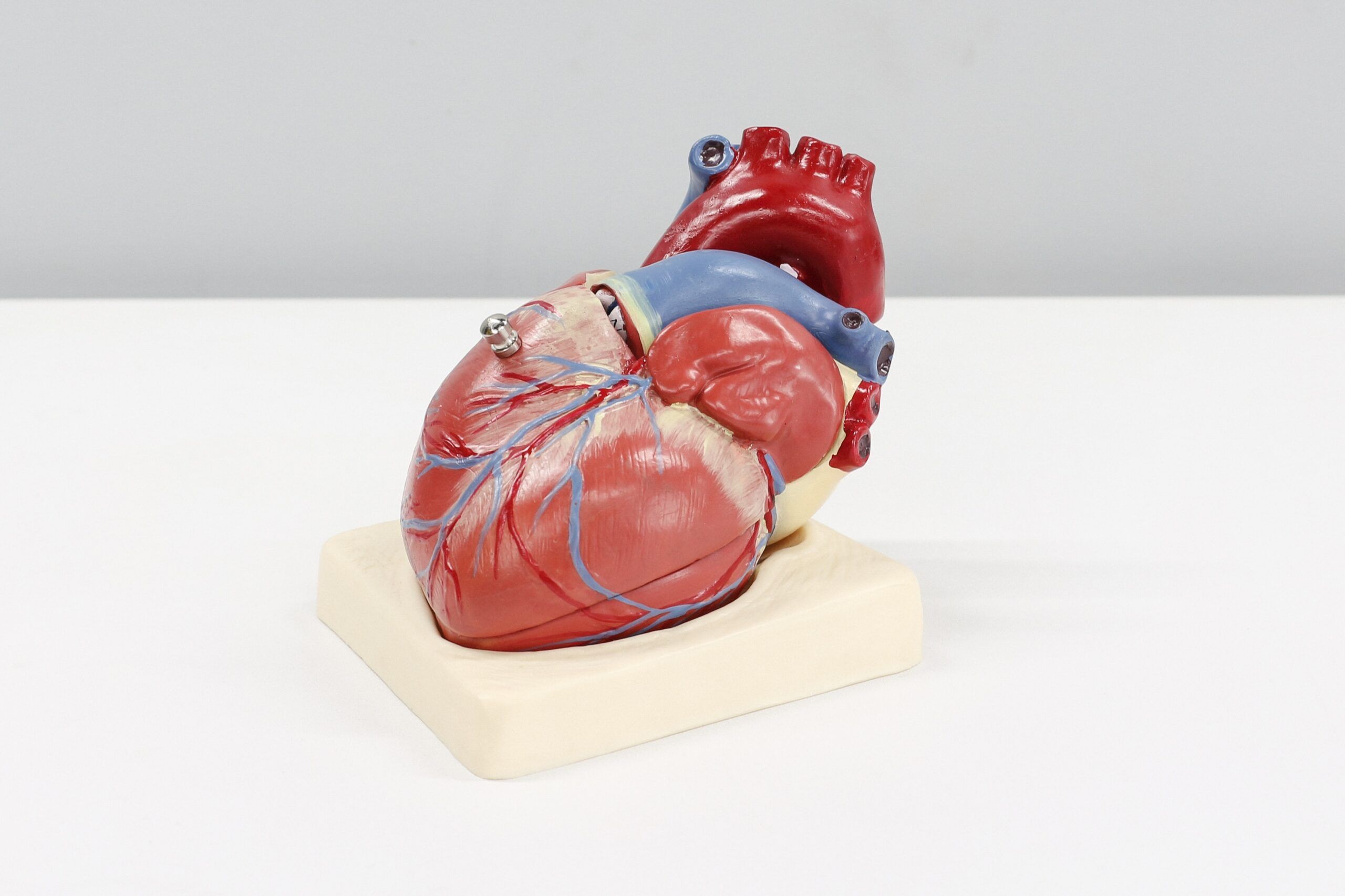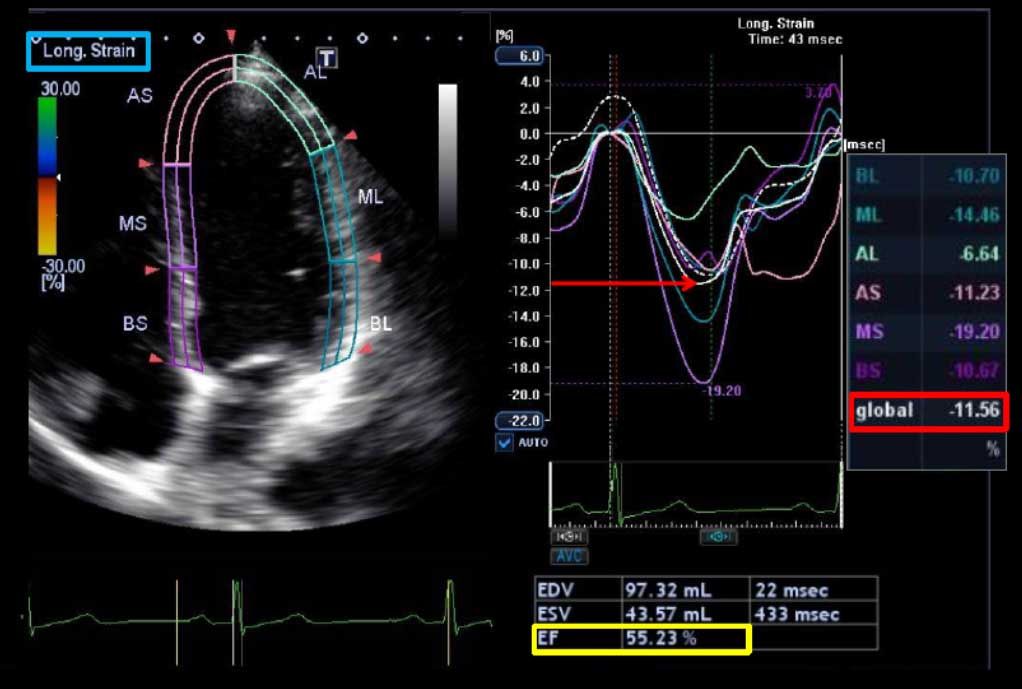Have a Healthy Heart
No matter your age, your gender, or your past lifestyle, now’s the time to start building a healthier heart. Healthy living can help protect the heart against the ravages of disease and time. Chances are, there’s still room in your life for some heart-healthy changes. Here’s a look at the most important steps to take:
1. STOP smoking!
Cigarettes damage the arteries and speed the buildup of cholesterol and plaque, the first step toward a heart attack. Studies have found that smoking just one to 14 cigarettes per day tripled the risk of heart trouble. Other studies have found that smoking at least 25 cigarettes a day may raise the risk 15 times as much. If you’re a smoker, quitting RIGHT NOW is the best thing you can do for your heart. Within two years, the threat of the heart attack will drop to the level of a person who has never smoked.
2. The right foods can provide dramatic protection.
For most people, the battle against heart disease should start in the kitchen. By getting about 30 percent of your calories from fat (less than 7 percent from saturated fats), eating five to seven servings of fruits and vegetables every day, and eating plenty of whole grains, you can lower your cholesterol level, protect your arteries, and slash your risk for a heart attack. Some types of fats, such as omega-3 fatty acids found in fish, may help lower triglycerides and provide other benefits.
The protection is especially strong among men who smoked or were overweight.
Eating right doesn’t have to be hard work. You probably already enjoy fruits and vegetables, so why not enjoy them more often? And if you think it’s hard to go low-fat, consider this: Most people can cut their intake of artery-clogging saturated fat in half by avoiding butter, margarine, mayonnaise, fatty meats, and dairy products made from 2 percent or whole milk.
If you eat a typical diet of 2,000 calories a day, no more than 30 to 35 percent of that should come from fat — and only 7 percent or less from saturated or “bad” fat. That amounts to no more than 16 grams of saturated fat a day. You can find your saturated fat intake by reading the labels on processed foods, which list the grams of processed fat they contain.
3. Regular exercise.
Regular exercise can strengthen your heart, increase your HDL cholesterol (the “good” cholesterol that helps keep your arteries clear), lower your blood pressure, burn off extra pounds, and just plain make you feel good. The American Heart Association (AHA) recommends at least 30 minutes of moderately vigorous exercise most days of the week. Of course, exercise can be risky for some people with heart disease. Check with your doctor before starting a new workout program, and work up gradually. Don’t be a “weekend warrior” at the gym after being a couch potato all week: It’s a recipe for serious injury.
4. Monitor your cholesterol.
Since too much cholesterol contributes to plaque buildup in the arteries, it’s best to keep your total cholesterol level below 5.2 mmol per deciliter. The basic goal is also to keep your “good” HDL cholesterol high and your “bad” LDL cholesterol level low. The AHA recommends that HDL level of at least 1.0 mmol/l for men and, at least, 1.3 mmol/l for women. If you don’t already have coronary heart disease and if you have fewer than two of the major risk factors — obesity, high blood pressure, or a family history of premature heart trouble — your LDL cholesterol should be below 3.0 mmol/L (and preferably under 2.6). If you already have coronary artery disease or diabetes mellitus and your LDL is over 2.6 mmol/L, your doctor will probably recommend you take cholesterol-lowering drugs to get your LDL below the 2.0 mmol/L.
5. Watch your weight.
When it comes to the heart, bigger isn’t better. A little extra weight can put a strain on your heart, boost your blood pressure, and significantly raise the risk of a heart attack. Ideally, your body mass index (BMI) should be between 18.5 and 24.9. According to the AHA guidelines, a simpler alternative to BMI is to measure your waistline — men should measure 40 inches or less and women should measure 35 inches or less. Even if you can’t reach that goal, a weight-loss program that combines exercise with a healthy, low-fat diet will do wonders for your heart.
6. Watch your alcohol intake.
One or two alcoholic drinks per day can help raise your good HDL cholesterol and help prevent dangerous blood clots. Women should limit their alcohol intake to up to one drink a day, since their bodies metabolize alcohol differently than men; men should limit their intake to no more than two drinks a day. However, any more than a couple drinks a day can increase your blood pressure. Extremely heavy drinkers can also suffer damage to the heart muscle (cardiomyopathy).
7. Monitor your blood pressure.
High blood pressure increases the risk of coronary artery disease and stroke. It’s good to keep your blood pressure in the optimum range: less than 130/80. If you test 130-139/80-89, you have prehypertension and you should make arrangements to see your doctor right away, to discuss lifestyle changes you can make to bring down your reading. If you have high blood pressure, meaning 140/90 or more, your doctor will likely prescribe medication to keep it in check.
8. If you’re under too much stress or feeling depressed, seek out help from a psychologist or therapist.
Emotional distress is hard on the heart, and professional help can be a true lifesaver. Several studies suggest that depressed people who are otherwise healthy are more likely to develop heart disease than peers who aren’t depressed.
9. Teach your children
It’s not too soon to involve your children: You can help them prevent heart disease in later life by getting used to good habits right now. By exercising and playing with your kids, not smoking, and providing daily fruits, veggies, and whole grains rather than sodas and junk food, you’ll set a great example.
Involve the whole family in providing support for each other — don’t just focus on one “unhealthy” member. Don’t feel like you have to make all these changes at once, which can lead to frustration and overload. To ensure success, start with simple changes that are reasonable and doable.
10. Other advices for your heart protection:
Talk with your physician about the most important steps you need to take to protect your heart.
The AHA recommends a checkup every two years, ideally starting at age 20, where your doctor can measure your blood pressure, body mass index, waist circumference, and pulse.
Depending on your particular situation, you should have your cholesterol and glucose tested at least every 5 years. Ask your doctor if you should check it more frequently.
If you’re 40 or over, the AHA suggests that your doctor measures your risk factors and then calculates your chances of developing cardiovascular disease within the next 10 years.
It’s also important to seek professional help if you’re taking steps that involve some risk (such as beginning an exercise program in middle age) or that are tough to do on your own (like quitting cigarettes).
Remember, it’s never too late to develop healthy habits. The road to a strong heart begins at home, but it may have to take a detour through your doctor’s office. If you have high blood pressure, high cholesterol, or diabetes, you’ll need medical help to give your heart maximum protection. If you have diabetes, you can decrease your risk of heart disease by maintaining healthy blood sugar levels and by keeping your blood pressure and cholesterol under control.


